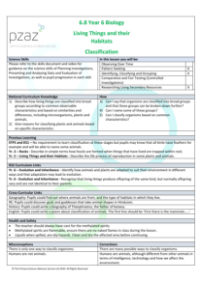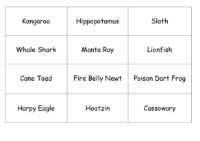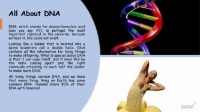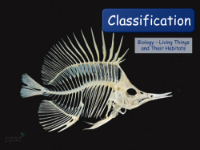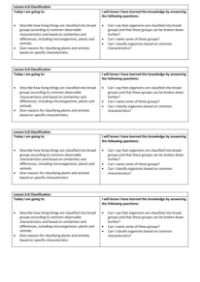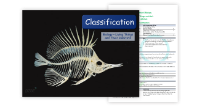Classification - Organism Cards
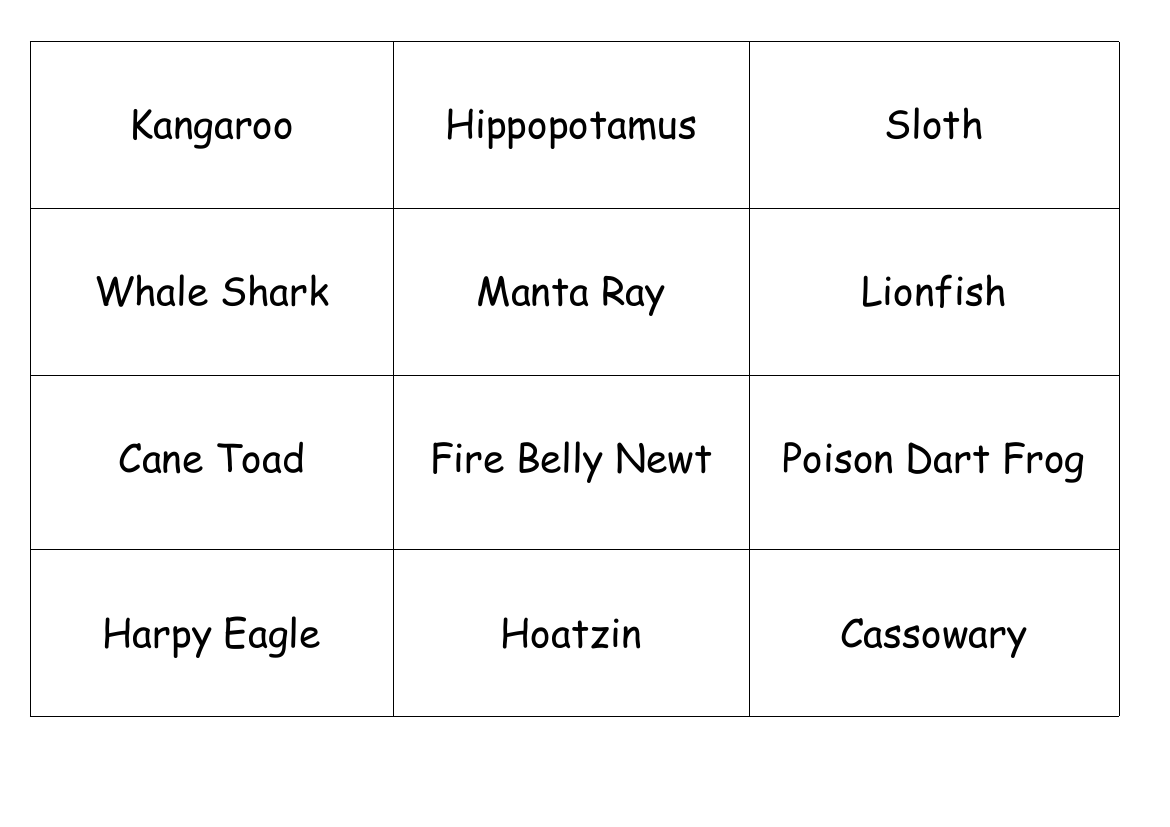
Science Resource Description
The classification of organisms is a fundamental aspect of biology, grouping living entities based on shared characteristics. The list provided includes a diverse array of animals, each belonging to different classes within the animal kingdom. For instance, mammals such as the Kangaroo, Hippopotamus, and Sloth are warm-blooded vertebrates with hair or fur and typically give birth to live young. In the aquatic realm, the Whale Shark, Manta Ray, and Lionfish are all fish, characterised by their gills and fins. Birds, represented by the Harpy Eagle, Hoatzin, and Cassowary, are feathered creatures with beaks and most have the ability to fly, although some are flightless.
Reptiles like the Gharial Crocodile and Leatherback Turtle are cold-blooded and covered in scales, while amphibians, such as the Cane Toad and Poison Dart Frog, generally have a life cycle that includes both aquatic and terrestrial stages. The insect class includes the Titan Beetle and Japanese Giant Hornet, which have exoskeletons, segmented bodies, and six legs. Beyond animals, the classification extends to plants, with flowering species like Begonia, Bromeliad, and African Violet that reproduce through flowers, and non-flowering plants such as Moss, Fir Trees, and Ferns that reproduce through spores. The Monkey Puzzle is a unique tree, often considered a living fossil due to its ancient lineage. Additionally, microorganisms are classified into their own groups, though they are not listed here, they play a crucial role in the tree of life.
